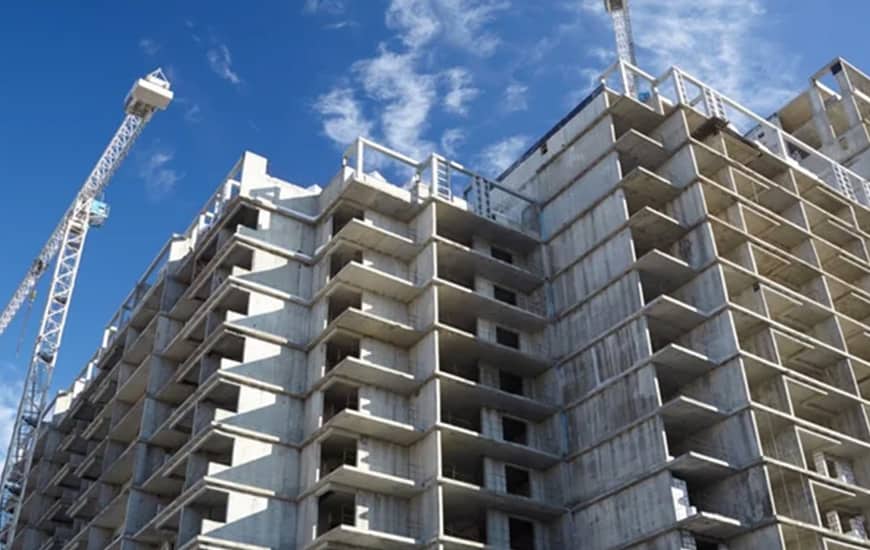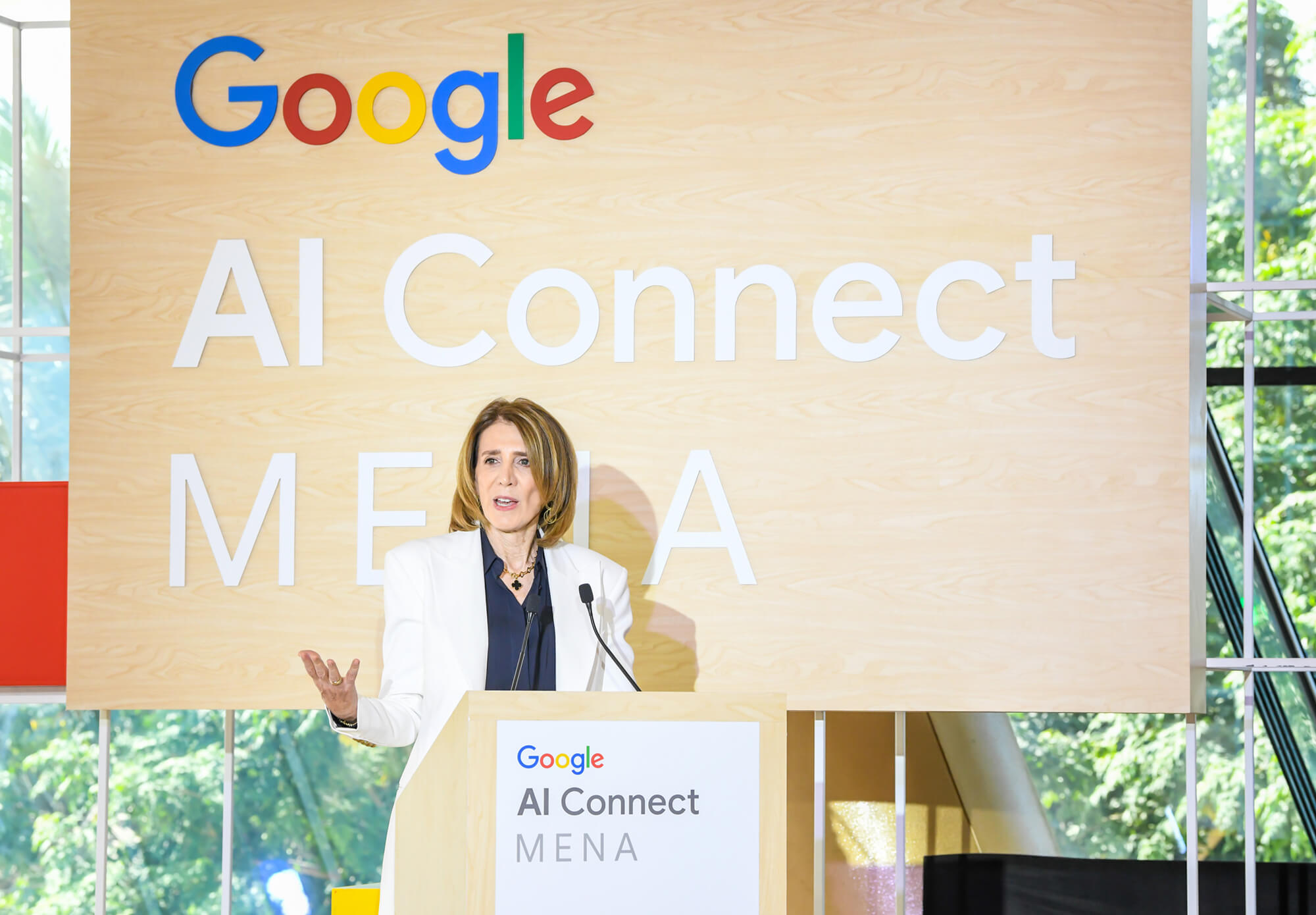
It would not be an exaggeration to observe that construction is one of a handful of horizontal sectors that impacts all aspects of humanity in some form or fashion. The global significance of the infrastructure sector and its impact on people’s quality of life is undisputed and historically dates back to Roman times, who are credited with inventing concrete. The Roman empire was said to have an estimated 400,000km of roads, of which 80,500km were paved. A recent UN study reports that infrastructure and construction programs have a direct link to economic growth that directly reduces poverty, with over a billion people coming out of poverty over the last three decades. In addition to this, a recent World Bank report emphasized the foundational importance of infrastructure development and construction output for economic growth and job creation in emerging market economies, as well as reaching their sustainable development goals (SDG). According to an IMF report (2014), every 1% of GDP invested in infrastructure returns a 0.4% increase in GDP in the same year, and a 1.5% increase after four years.
The good news is that the global construction industry is growing at a steady rate of 3.6% through 2022, to a value of US$12.7 trillion. Its share of the global GDP is around 6%, and can be as high as 8% in emerging economies. In the UAE, the total value of construction projects in 2017 was around $818.2 billion. It was a third of the total value and about half of the construction projects in the GCC. In Dubai, the total cost of Expo 2020 construction projects alone amounts to around $42.5 billion. However, the estimated infrastructure investment gaps in these economies are around $1.3 trillion per year. The sector is facing unprecedented pressure from more than half the world’s population living in urban settings now. For example, 850 million Chinese, that is 60% of the population, live in cities. That number is expected to grow to two-thirds by 2050. By 2025, the amount of urban generated waste in the world would exceed 2.2 billion tons per year, which is an increase of 70% in just over seven years. The problems extend to all aspects of urban life such as air and noise pollution, transportation, energy demands, physical and mental health issues, education and security.
National policies are in place in many countries to address the challenges imposed by urbanization through high priority smart cities initiatives. Asia Pacific countries lead the pack with smart cities investments of 32% (CAGR), followed by North America at 22%. The MENA region is at 6%. The UAE government plans to make Dubai the smartest city in the world by 2021, from smart transportation to smart housing to smart government. In addition, over 1,000 government services will be made “smart,” and their transportation initiatives are expected to generate staggering savings of over $5.9 billion. It is common knowledge that the construction sector is an integral part of any smart city program. In this context, a recent report published by McKinsey & Company highlights some serious concerns about the current state of the construction industry. In a nutshell, cutting across sectors and asset types, large projects are consistently not meeting target time lines and running significantly over budget. Typically, they are taking 20% longer to complete a project, and cost 80% over budget. Construction labor productivity has remained essentially flat over the last 25 years, and lags behind the overall economic productivity by 30%. Innovation in the construction sector is practically at a standstill until now, and the R&D budget is less than 1% of the revenue. In terms of embracing digitalization, among 22 leading industrial sectors, the construction sector is at the bottom at #21, ahead of agriculture and hunting, in all three categories, namely, assets, usage, and labor.
According to the McKinsey Global Institute estimates in 2013, in order to keep pace with global GDP growth, the construction sector has to spend close to $57 trillion (2010 prices) by 2030 that is more than 60% of what has been spent in the last two decades. It is interesting to note that 40% of this additional spending, could be recouped through improved productivity by digitalization, and embracing currently available technologies. The irony is that global smart cities are being built by a sector that is traditionally technology averse. But the second machine age, unleashed from the discovery phase, fueled by the precipitous fall of the price of graphic processing units (GPU) is feeding on the limitless data raining from the cloud, seeded by the millions of algorithmists and coders from around the world. In short, software is “eating the world,” sector by sector, and the construction sector is next in line.
To manage the growing challenges of the construction market, from increasing populations and energy consumption to climate change, the industry is adopting a range of technologies to stay ahead, and gain a competitive edge. This presents the startup sector with a unique opportunity, one where it’s possible to make a real impact on the future of the construction sector. Just as the internet created history by releasing the digital imaging baton into the waiting hands of the millennials, artificial intelligence (AI) and deep learning are releasing the 3-D printing paradigm to the myriad of global startups to change the way we build things, forever. It is no longer a fascinating concept. It is about building houses in less than a day for less than $10,000, about giving the power to build back to the individuals, and reduce the dependency on specialists, and democratizing access to build anywhere, at any time, at low cost. The innovations cover a wide range: a swarm of mini-robots autonomously building architectural structures, building a structure directly on and from the local soil, emergency shelters in less than half an hour, robots building bridges in real-time as they walk on them. The innovations extend to new and sustainable construction materials, such as, construction blocks with an in-built evaporative cooling system, desktop 3-D printed ceramic bricks of any shape or structure for large scale construction and so on. Contour Crafting is building 3-D printing robots to build structures in outer space, in real time.
The disruptive power of 3-D printing technology is due not only to its effects on the existing construction paradigms, but to opening of new doors that were inconceivable before. Architects who were hamstrung by process and cost considerations traditionally chose to build the much weaker rectilinear structures with edges, instead of the much stronger curvilinear forms. 3-D printers use thicker, self-supporting concrete mixtures, and can print curvilinear forms as a matter of routine. The second breakthrough introduced by 3-D printing is that for the first time in history, it allows us to combine any number of building materials in real-time, and enabling structures with built-in tunable properties. For example, one could print flexible or rigid materials, materials with varying degrees of opacity, bio-compatible materials, and smart functional electronics materials and circuits. The potential power of 3-D printing disrupting and shaping the construction industry rests on the explosive advances in software technology built on AI and deep learning, which is impacting fields such as construction robotics and building information modeling (BIM). To improve safety, reduce injury, personalized robotic exosuits with motorized muscles are deployed in construction sites. The Semi-Automated Mason (SAM), a robotic bricklayer, can lay 800-1200 bricks a day, compared to 500 by a highly skilled mason. Gensler has invented a mobile 3-D printing drone to build structures in difficult to reach places. Imagine a time when we could send this drone to build a concrete containment structure in a nuclear disaster site such as Fukushima Daiichi.
Architects and engineers are using the AI driven computational technique called Generative design that mimics the natural evolution processes to examine to vast number of complex and rigorous designs options from rudimentary requirements, such as the size of the structure, preferred materials, geolocation and more. Declining hardware cloud computing costs, wireless virtual reality, and augmented reality techniques are becoming standards in the architecture, engineering and construction (AEC) industry resulting in much improved client satisfaction, reduced waste, and increased productivity.
For the first time in history, technology has the opportunity to solve the age-old problem of infrastructural insufficiencies, which will lead to healthier societies for us all.




